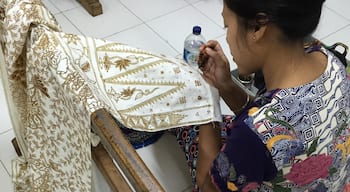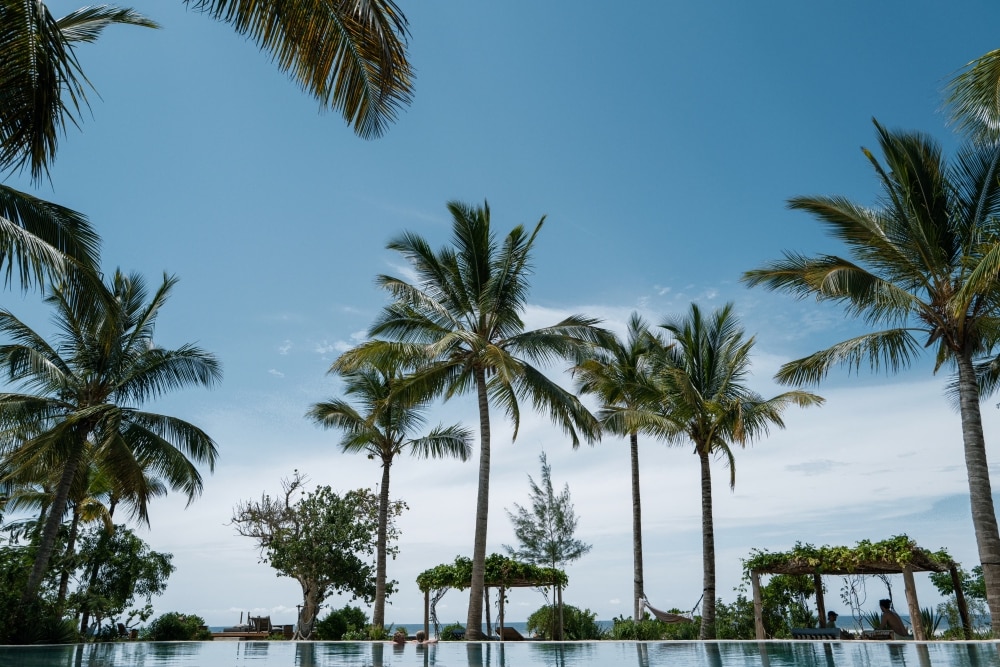Things to do in Surakarta
Activities, attractions and tours
- Explore activitiesExplore thousands of experiences from activities and attractions to day tours and transfer.
- Book with easeSkip the line- book tickets online in minutes to top attractions with free cancellation on many activities.
- Treat yourselfMembers save % or more when you book activities.
What to do in Surakarta
Popular places to visit
Solo Paragon Lifestyle Mall
During your trip to Surakarta, you can do some window-shopping at Solo Paragon Lifestyle Mall. Experience the museums and musical theater in this culturally rich area.
Universitas Sebelas Maret
Explore the campus of Universitas Sebelas Maret, during your trip to Surakarta. Take in the musical theater in this culturally rich area.
Muhammadiyah University of Surakarta
Walk around the campus at Muhammadiyah University of Surakarta as part of your travels around Kartosuro.
Mangkunegaran Palace
Mangkunegaran Palace is just one of the places to see in Surakarta, so why not enjoy the other things to explore during your travels? Experience the museums and musical theater in this culturally rich area.
Kraton Surakarta
You can learn about the history of Surakarta with a visit to Kraton Surakarta. Experience the museums and musical theater in this culturally rich area.
Klewer Market
During your trip to Surakarta, you can enjoy retail therapy at Klewer Market. Experience the museums and musical theater in this culturally rich area.
Gede Market
During your trip to Surakarta, you can enjoy retail therapy at Gede Market. Experience the museums and musical theater in this culturally rich area.
Solo Square
You can search for that perfect souvenir at Solo Square during your trip to Laweyan.
Areas of Surakarta

Solo City Centre
You'll enjoy the museums and zoo in Solo City Centre. You might want to make time for a stop at Solo Paragon Lifestyle Mall or Keprabon Park.

Banjarsari
While visiting Banjarsari, you might make a stop by sights like Solo Paragon Lifestyle Mall and Balekambang City Park.

